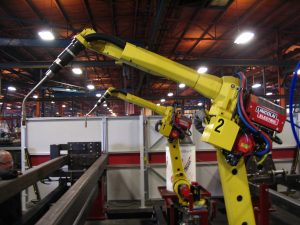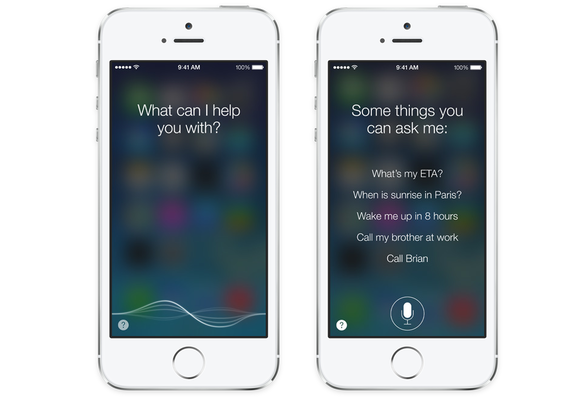14.5 Autonomous Technology
One of the most widely used applications of AI is autonomous technologies. By combining software, sensors, and location technologies, devices that can operate themselves to perform specific functions are being developed. Some examples include: medical nanotechnology robots (nanobots), self-driving cars, or unmanned aerial vehicles (UAVs).
A nanobot is a robot whose components are on the scale of about a nanometer, which is one-billionth of a meter. While still an emerging field, it is showing promise for applications in the medical field. For example, a set of nanobots could be introduced into the human body to combat cancer or a specific disease.
In March of 2012, Google introduced the world to their driverless car by releasing a video on YouTube showing a blind man driving the car around the San Francisco area. The car combines several technologies, including a laser radar system, worth about $150,000. While the car is not available commercially yet, three US states (Nevada, Florida, and California) have already passed legislation making driverless cars legal.
A UAV, often referred to as a “drone,” is a small airplane or helicopter that can fly without a pilot. Instead of a pilot, they are either run autonomously by computers in the vehicle or operated by a person using a remote control. While most drones today are used for military or civil applications, there is a growing market for personal drones.
Robots

Robots are automated machines that can execute specific tasks with very little or no human intervention and are able to accomplish tasks with both speed and precision (TechTarget, 2021). The development and deployment of robots is most common in manufacturing in the replacement of humans in repetitive tasks. Robots are also used in medicine, education, restaurants and hotels, and entertainment. Some of the most popular robots are ASIMO by Honda and Boston Dynamics robots like ATLAS. Robots can increase productivity and accuracy, but are costly. For more advantages and disadvantages, see the table below.
| Advantages | Disadvantages |
|---|---|
|
|
With artificial intelligence, robots will be able to independently estimate the events around them and to make decisions on actions which they’re required to make for their given objective. Robots can already both record human movement skills and replicate them as machine learning improves drive efficiency and mobility (Bryndin, 2019).
Intelligent Agents

Intelligent agents process the inputs it receives, and makes decisions/takes action based on that information. Sensors allow intelligence agents to perceive their surroundings, while actuators allow them to act on that perception. A software agent, a human agent, and a robotic agent are all examples of agents, each with its own set of sensors and actuators to sense its environment and then perform actions through its actuators.
AI agents that can learn from their previous experiences or have learning capabilities are known as learning agents. Beginning by acting on basic knowledge, learning agents subsequently learn to act and adapt on their own automatically. Conversational intelligence tools are tools that have the ability to auto-record meetings, transcribe, and apply AI to speech. They can be helpful for individuals working in sales, and could possibly replace some functions performed by customer relationship management systems.
Siri, Alexa and Google Assistant are examples of intelligent agents that can be accessed from smartphones. These tools can allow users to open applications, send messages, make calls, play voicemails and check the weather.
Natural Language Processing (NLP)
Natural Language Processing (NLP) allows computers to extract meaning from human language. Natural Language Processing’s goal by design is to read, decipher, and comprehend human language. In Natural Language Processing, humans converse with the machine which records the conversation and converts the audio to text. After that, the system analyses the data and converts it to audio. The machine then plays the audio file back in response to the human.
Algorithms use natural language processing to detect natural language rules, resulting in the conversion of unstructured language input into a format that computers can recognize. Natural Language Processing (NLP) is used in many translation applications such as Google Translate, various interactive voice response (IVR) applications found in call centres, and software tools that check for grammatical accuracy of texts, like Microsoft Word and Grammarly. Additionally, it is also used in personal assistant tools like Siri, Cortana and Alexa.
Information Systems for Business and Beyond: 13.5 by Shauna Roch; James Fowler; Barbara Smith; and David Bourgeois is licensed under a Creative Commons Attribution-NonCommercial-ShareAlike 4.0 International License, except where otherwise noted.

